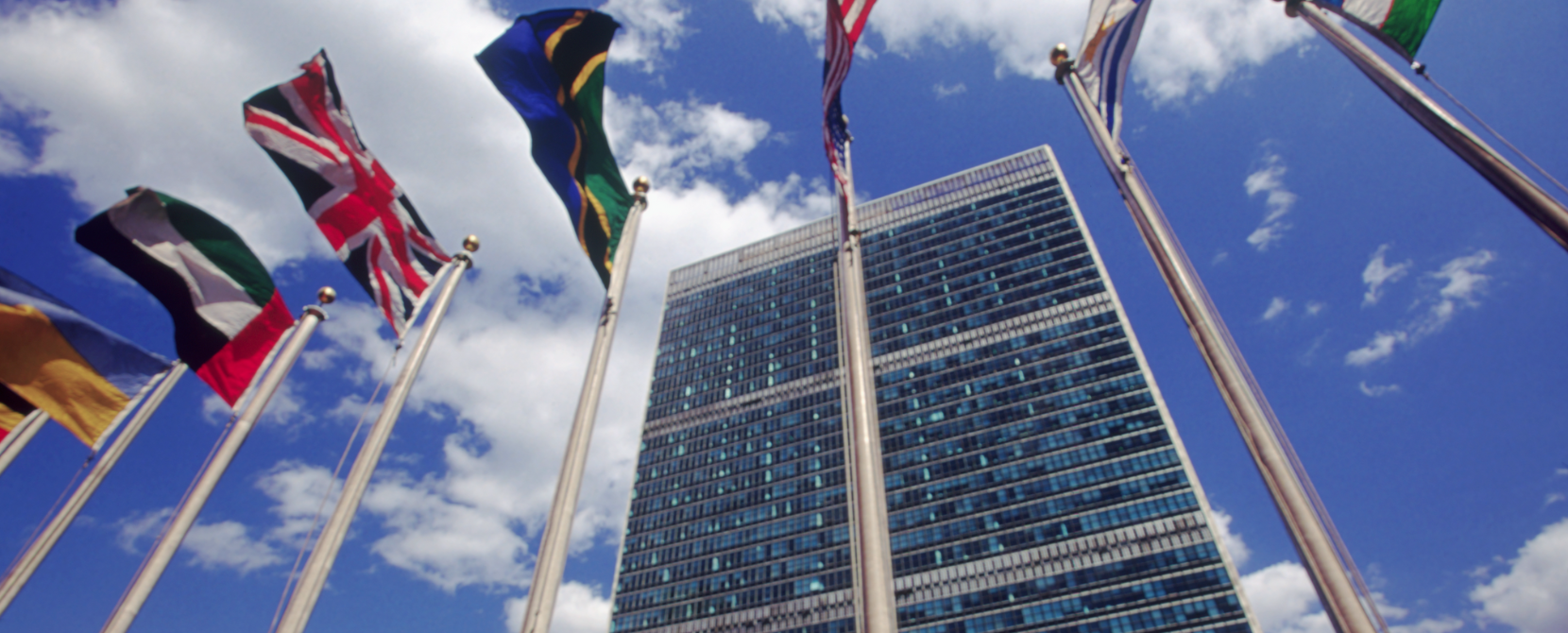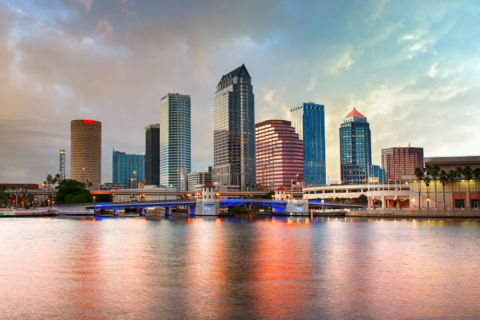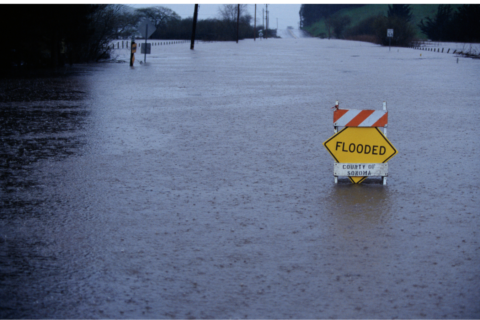As New York City prepares to host the 78th United Nations General Assembly, the primary focus will be on global heads of state and foreign federal delegations who often dominate the main stage and meet on the sidelines. As critical as this nation-to-nation diplomacy is, another kind of diplomacy is taking on new importance: city-to-city relations. As geopolitics becomes more complex and nations find it increasingly difficult to cooperate, cities are stepping into the void, creating substantive cross-border partnerships to solve practical problems for their citizens.
City-to-city diplomacy was once primarily associated with sister-city initiatives and cultural exchanges, which while important, often lacked diplomatic teeth. But in today’s world, cities are building new pathways for cooperation in order to tackle shared challenges that national-level governments simply cannot.
The collaborative potential of cities across the globe is being harnessed by a number of organizations such as Strong Cities Network, a coalition of over 180 cities focused on addressing hate, extremism and polarization – issues that cities are uniquely positioned to address due to local community insights and relationships. On the issue of climate change, C40, a global network of nearly 100 mayors, is working to fill the void of national-level government inaction by implementing climate initiatives at the city level. Collective action by cities can also significantly influence the success or failure of global governance initiatives as demonstrated by local governments publicly recommitting to the Paris Climate Agreement following President Trump’s withdrawal in 2017.
As host to the largest diplomatic community in the world, New York City has served as a key player in shaping city-to-city diplomacy and a model for other local governments seeking to engage their global neighbors. The New York City Police Department (NYPD) in particular has served as a catalyst for city-to-city relationships. After 9/11, the NYPD started a diplomatic liaison program with officers stationed in twelve countries – in fact one of the first responders to the horrific November 2015 terror attacks in Paris was a member of the NYPD. When New York City wanted to diversify its economy after the 2008 financial crisis into high-growth areas like tech and life sciences, local leaders forged a new partnership with Cornell University and Technion Israel Institute of Technology to build a state-of-the-art life sciences campus and ecosystem ensuring the growth of greater economic and educational links between New York City and Haifa.
More recently, Mayor Eric Adams has amplified New York’s role as a catalyst of city-to-city diplomacy, seeking new ways to work with other cities to confront shared challenges. In early 2022, New York City quickly mobilized during Russia’s invasion of Ukraine, with police, fire, and emergency management agencies providing aid and training to Ukrainian cities to help them manage the crisis. And in response to inquiries from CARICOM nations asking for help in combatting the rise of gun violence in their respective countries, the Mayor’s office organized an international gun trafficking forum which was attended by over 100 senior law enforcement officials and defense ministers from around the world.
While New York City has positioned itself as a leader in creating city-to-city relationships, it is essential that such diplomatic ties are mutually beneficial. An example of this is the assistance and insights that cities such as Hamburg, Amsterdam, and Berlin have provided to New York as it has confronted a crisis of over 100,000 asylum seekers arriving in just over a year. With Europe having recently dealt with a similar refugee crisis, cities were willing and able to share key lessons and personnel to collaborate with New York on relief efforts.
These are just a few examples showcasing the potential of city-to-city relationships as a practical, entrepreneurial, and flexible form of diplomacy, less burdened by the politics and ideology that often limits action by nation-state level actors.
Despite the benefits of city-to-city diplomacy, it is essential that local political leaders are aware of the risks that may come with deeper engagement, including foreign malign influence efforts from hostile actors. Any city participating in diplomacy with other cities will need to do their due diligence and ensure they are equipped with the right tools to face the current global landscape.
Although there are risks associated with greater engagement, city-to-city diplomacy offers a significant pathway to enhancing global cooperation in a moment in which it is sorely needed. With the UN projecting that nearly two out of every three people will reside in urban centers by 2050, the economic and political influence of cities and their local leaders will only continue to grow. Those cities that position themselves as key actors in city-to-city diplomacy will have the opportunity to maximize benefits for their own populations – both now and into the future.
About the Author
Kristen Edgreen Kaufman, Deputy Commissioner, New York City Mayor’s Office for International Affairs









